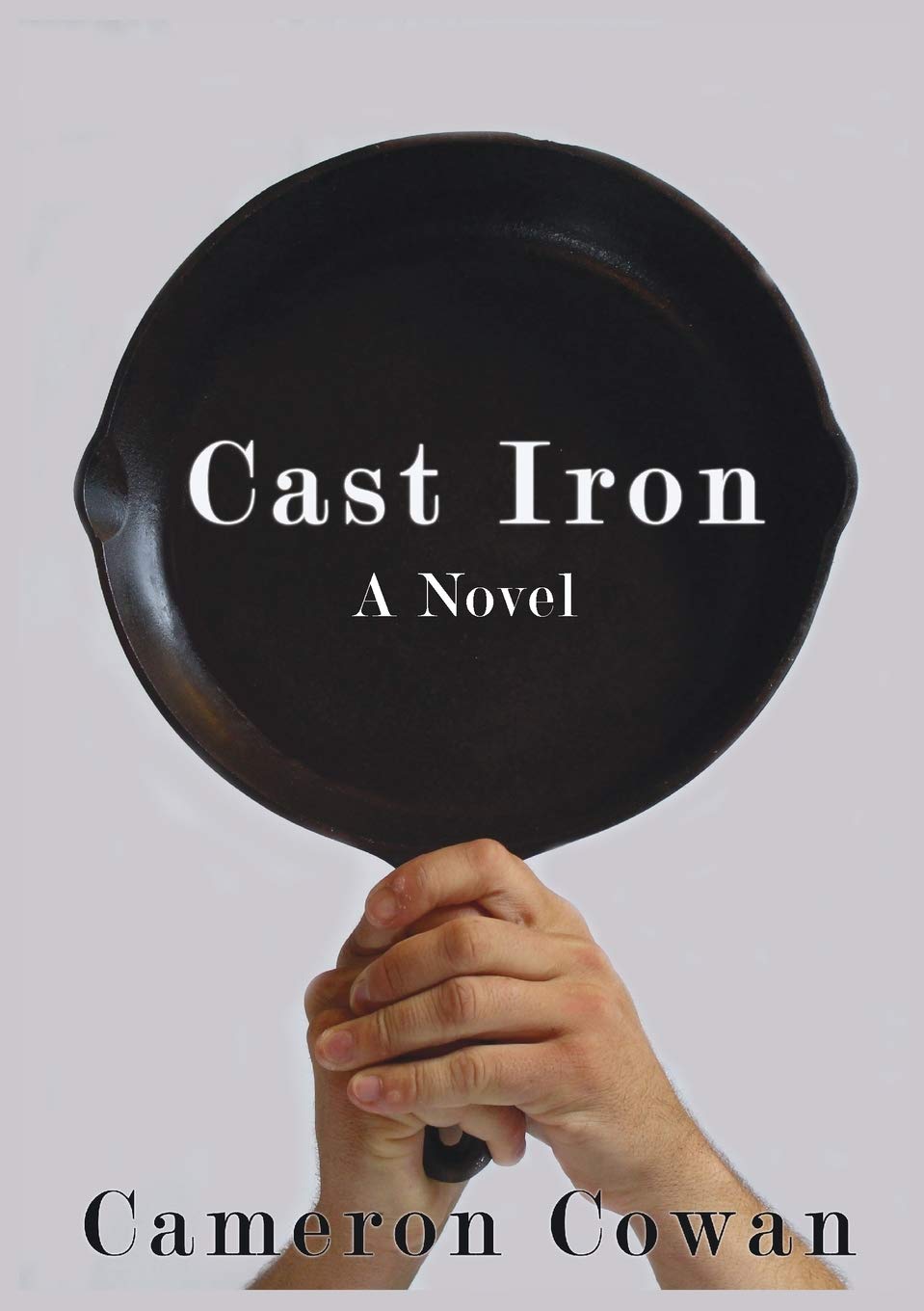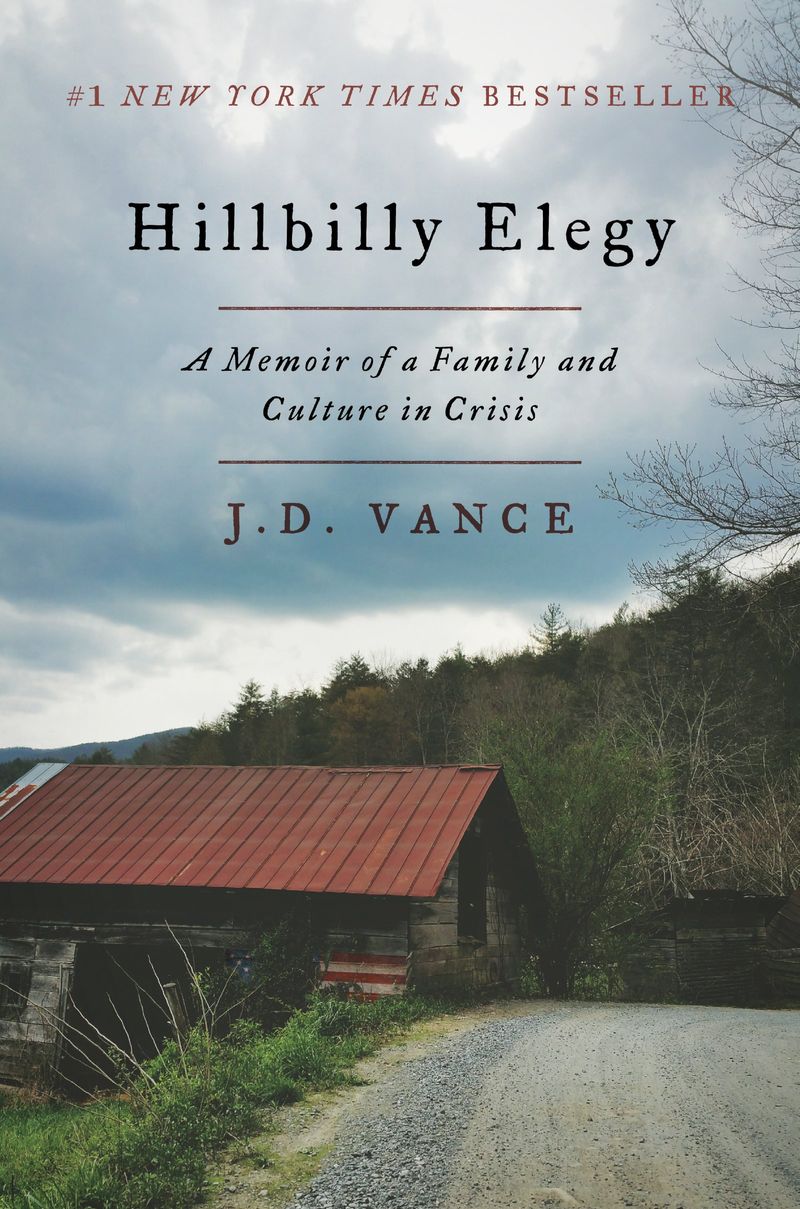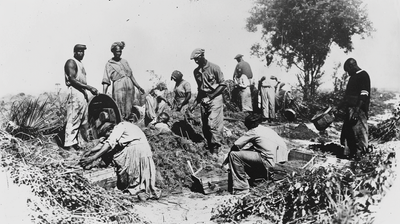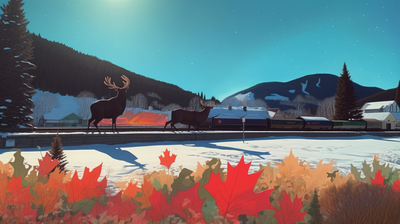The Problem with Hillbilly Elegy
As a part of my graduate school work, I decided to read Hillbilly Elegy. I’ve had some interesting conversations around this book, especially in my personal community of people who actually live in Appalachia. Now that J.D. Vance is a senator from Ohio, it seems prudent to talk a little bit more about his work.
Hillbilly Elegy by J.D. Vance is one part analysis of the world of Appalachia and hillbilly/mountain people culture and one part memoir of his years growing up between Jackson, Kentucky, and Middletown, Ohio. The overall theme I found compelling in this book was the difference between memory and reality. One of the major accomplishments of this book is his ability to take a broad view of his own experience and his family and look at it from a social policy perspective. He can take memory and reality and try to conjoin them together.
In a memoir, it is easy to get memory confused with reality. In the first part of the book, one of the themes is how J.D. Vance did not see the poverty, crime, and other cultural differences with other parts of the United States early in his childhood. As a child, he felt like having a grandmother who almost killed a man and men in his family in and out of prison, or other problems were entirely normal. Jackson, Kentucky, was his escape from the fractured home of his nuclear family. Memory isn’t always a reliable reflection of events. What can seem normal to the limited world of childhood can seem insane in a greater context. J.D. Vance does an excellent job of taking a lofty view of his family. He has experience outside of that world and uses that perspective as a sort of indictment in the memoir of his childhood.
One description of his hometown of Middletown, Ohio, exemplifies the sort of memory trick that happens in memoir, “As a kid, I sorted Middletown into three basic geographic regions. First, the area surrounding the high school….the “rich” kids lived here. Large homes mixed comfortably with well-kept parks and office complexes. . .Next, the poor kids (the really poor kids) lived near Armco, where even the nice homes had been converted into multi-family apartment units. I didn’t know until recently that this neighborhood was actually two neighborhoods—one inhabited by Middletown’s working-class black population, the other by its poorest white population…Then there was the area where we lived—mostly single-family homes, with abandoned warehouses and factories within walking distance. Looking back, I don’t know if the “really poor” areas and my block were any different, or whether these divisions were the constructs of a mind that didn’t want to believe it was really poor. (pg. 48-49)
His memories of his childhood and the impact of the economic changes on his family and Appalachia as a whole improve as he gets older. At 16 (pg. 145), his first interaction with social policy was when he read about inner-city black families and found a familiar story. Social policy also reached the page as globalization began to impact his town and others like it. On the one hand, his family didn’t want the government to do anything, and on the other hand, the government wasn’t doing enough. J.D. Vance doesn’t discuss this at length (it occupies 2-3 pages between 133-136), but that theme of memory and the past continues. The people just want things to go back to the way they were and find themselves adrift in a sea of changes for which they are woefully unprepared.
This is where memory and reality intersect. And J.D. Vance navigates this beautifully with his analysis of the socio-economic and personal realities of the people involved. He reinforces the fact that the good old days weren’t so good. He also shifts his focus at the end of the book, around page 250 (the conclusion), to look at how the culture of the Hillbilly in Appalachia can be shifted and changed to make the reality better. He looks at how his grandparents saved him. But we know that memory is unreliable. It’s not reflective of the truth of his situation. The fact is that he saved himself by going into the Marines and not failing at it. He saved himself by figuring out college, graduating, and going to law school. He acknowledges this on page 248 when he talks about a teenager like himself trying to find a way to a better life. His prescription for Appalachia is the same for himself: Appalachia must fix itself. But is his memory of experience reflective or a reality, or is it just an unreliable-looking glass?

Cast Iron (a Novel) by Cameron Cowan
When Randy Carruth starts a new life with his sister, mother, and new husband, he never anticipates that this new life could be dangerous and even deadly. Cast Iron explores what happens to a young man lost in the prison system and lost in the world on a journey of forgiveness.
Cast Iron is the story of Randy Carruth, who discovers that his new step-father is not what he seems. He tolerates it for a time, believing that he can do nothing. One day, when he discovers his sister being attacked, he makes a fateful decision that sends him to jail. After being released, Randy enters a world of drugs and male prostitution. Will he ever find his way home? Can he find forgiveness for those that have wronged him and broken his heart?








